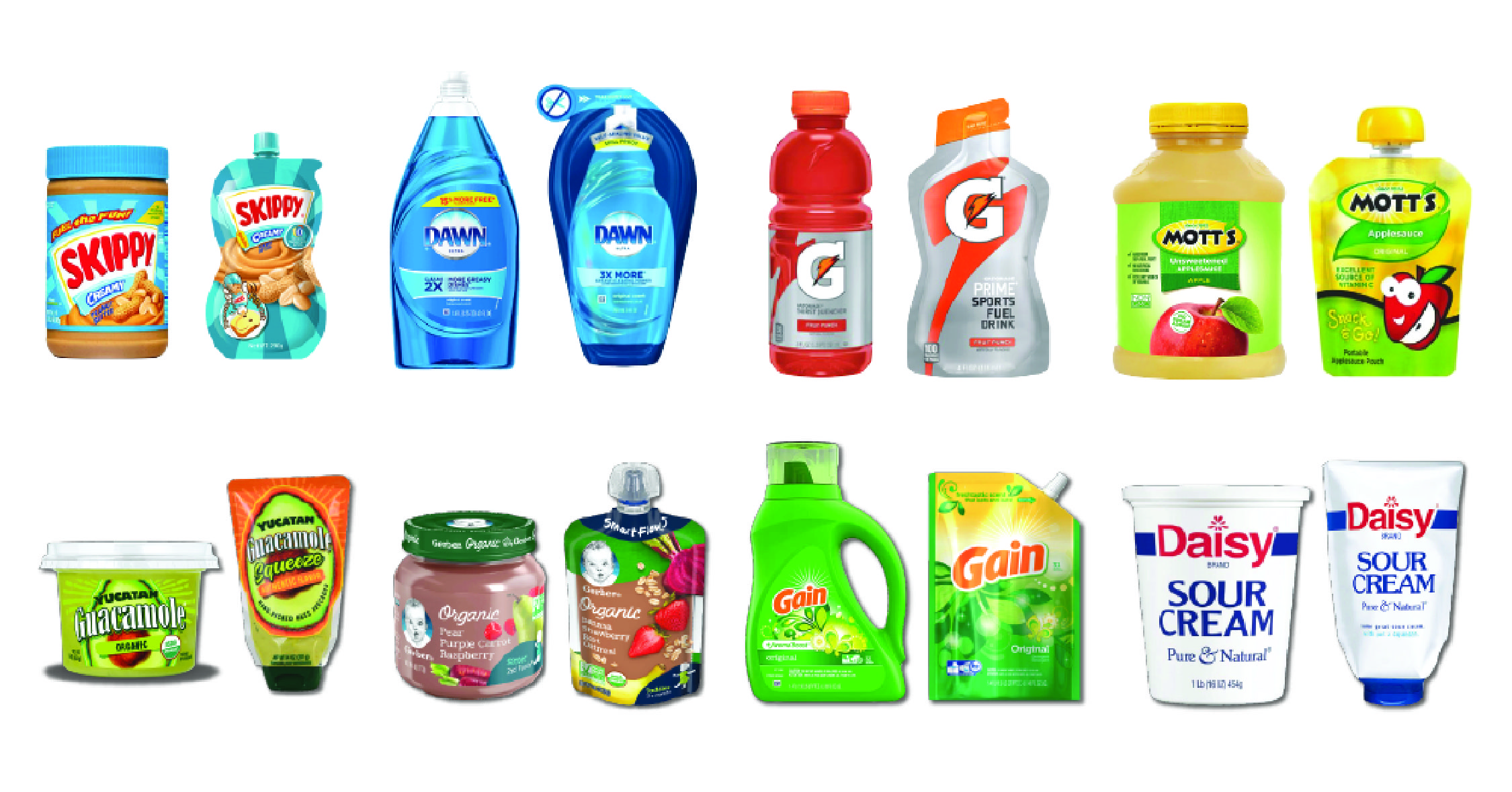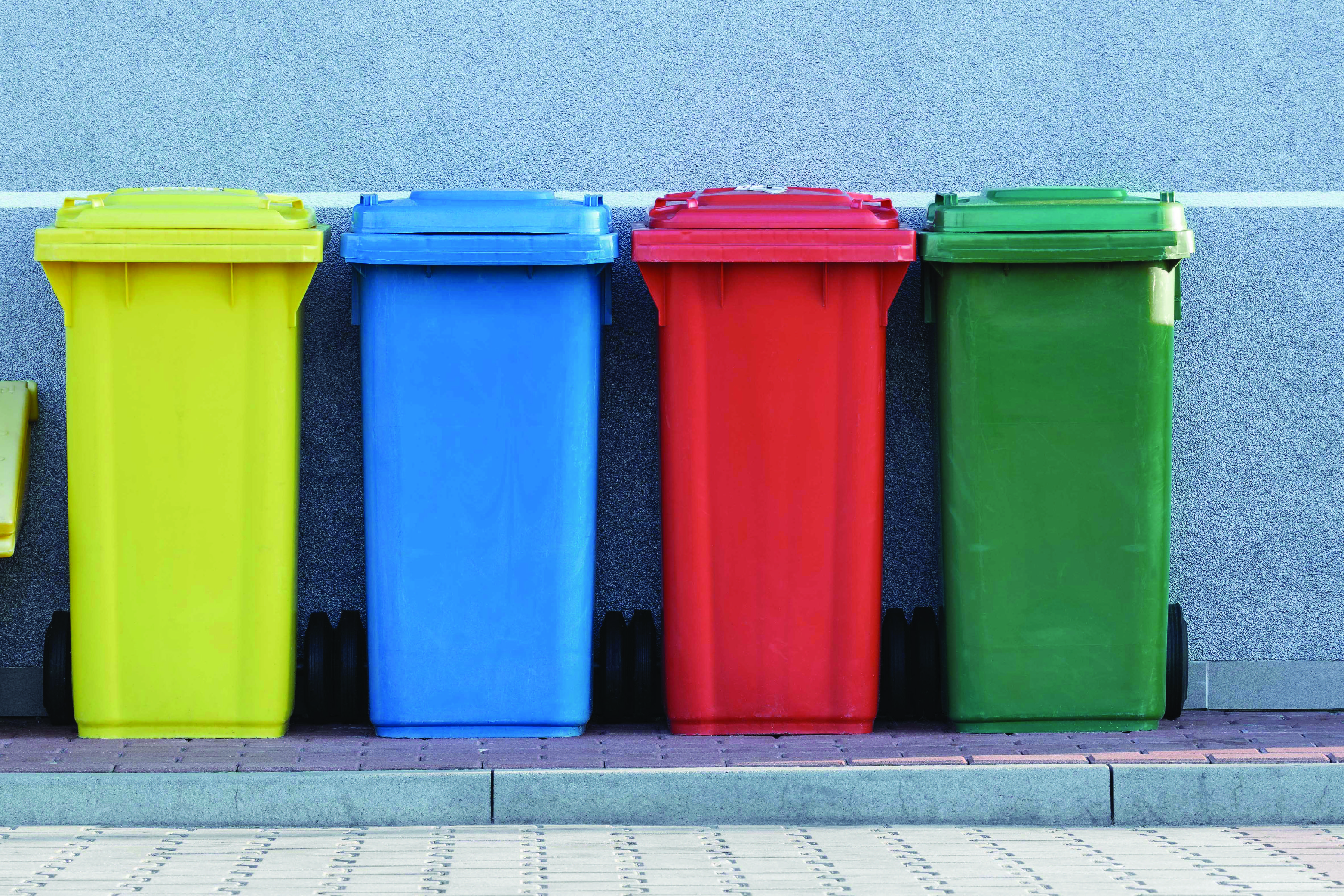
Mythbusting Common Compostability Claims
Other Articles You Might Enjoy


The Future is Flexible Packaging
Flexible packaging is one of the fastest growing segments in the packaging industry. It is defined as any packaging that can readily take the shape of the product inside and combines the best qualities from a variety of different package formats. Flexible packaging provides a multitude of benefits to the Consumer Packaged Goods industry, driving more brands to choose flexible over rigid for their packaging needs.

The Social Impact of Cause Marketing
Approximately one third of Americans believe that a company’s reputation and affiliation with social issues is correspondingly as essential as the product it sells. In response, brands are taking the concerns of their consumers to heart in a new wave of cause marketing.



